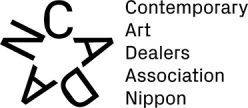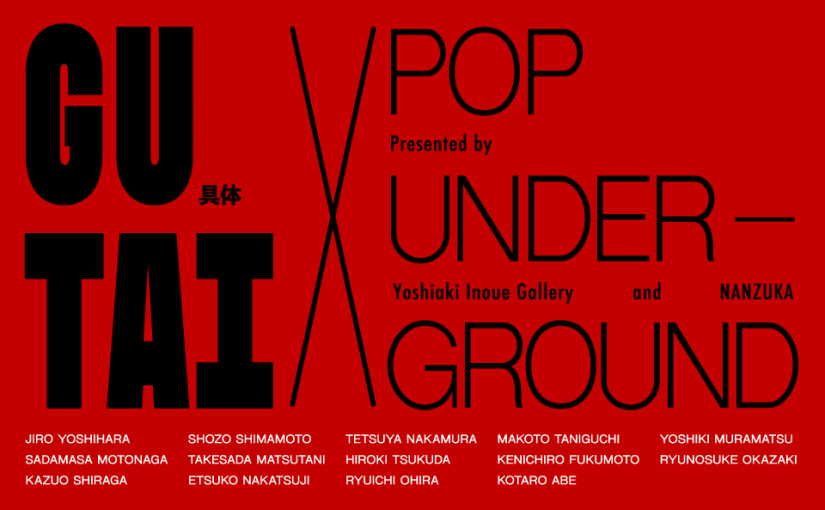2024.9.18 (Wed) – 10.5 (Sat)
Venue: CADAN YURAKUCHO
Opening hours: Tue-Fri 11-19pm, Sat, Sun, national holidays 11-17pm
Closed: Mon (or the following weekday if the Monday is a public holiday)
Address: 1F Kokusai Building, 3-1-1 Marunouchi, Chiyoda-ku, Tokyo
Opening reception: 9.18 (Wed) 18:00-20:00
Performance by Ryuichi Ohira:9.18 (Wed) 19:00-
Artists
Yoshiaki Inoue Gallery
Jiro Yoshihara、Sadamasa Motonaga、Kazuo Shiraga、Shozo Shimamoto、Takesada Matsutani、Etsuko Nakatsuji
NANZUKA
Tetsuya Nakamura、Hiroki Tsukuda、Ryuichi Ohira、Makoto Taniguchi、Kenichiro Fukumoto、Kotaro Abe、Yoshiki Muramatsu、Ryunosuke Okazaki
Curation
Akihito Inoue
NANZUKA is pleased to present the joint exhibition GUTAI x POP UNDERGROUND which collaborated with Yoshiaki Inoue Gallery at CADAN Yurakucho. The exhibition is curated by Akihito Inoue.
Jiro Yoshihara, founder and leader of the postwar art movement Gutai, inspired and challenged younger members: “Do not imitate others” and instead “create what has never been done before.” His words gave these artists the courage and confidence to fashion their own means of expression and take unique artistic paths. Free from the influence of others, they could listen to their inner voice and work to embody it.
NANZUKA takes a broader perspective, supporting practitioners who have only been recognized outside the Japanese art scene and giving them a platform in the global art world. In an academic manner, it connects the creative energies of contemporary art, pop culture, and related fields like design, illustration, street art, manga, fashion, and music.
GUTAI x POP UNDERGROUND is a collaboration between six Gutai artists and eight emerging artists from NANZUKA. It explores how the individuality and creativity demonstrated by members of Gutai have influenced contemporary artists, and how those artists continue to expand the scope of expression. The exhibition draws on Yoshiaki Inoue Gallery’s Gutai collection, including works by Jiro Yoshihara, who is known for his circle motifs; Sadamasa Motonaga, whose interest in the mysteries of nature inspired him to pour paint directly onto canvas, resulting in abstractions that evoke the flow of rivers and cell division; Shozo Shimamoto, who produced some of Gutai’s most radical works, including performances throwing paint-filled bottles against canvas and “holes” made by puncturing newspaper-covered canvas; Kazuo Shiraga, whose dissatisfaction with traditional painting inspired his foot-painting technique, in which he hangs from a rope and paints a canvas on the floor using his feet; Paris-based Takesada Matsutani, who has been creating works for over half a century by pouring vinyl glue onto canvas then blackening it with pencils; and Etsuko Nakatsuji, once an ad designer and now a prolific artist working across painting, sculpture, and printmaking—with the human form as her frequent motif.
From NANZUKA are works by Tetsuya Nakamura, who studied lacquer at Tokyo University of the Arts and has gone on to make various forms exploring how visual information can influence living beings; Hiroki Tsukuda, whose geometric compositions collage urban landscapes, architecture, and natural and symbolic elements—all depicted with a futuristic tinge; Ryuichi Ohira, who returns to the inherent properties of materials and constructs “undefined forms” that channel the primal, irrational human impulse to create; Makoto Taniguchi, who seeks to capture his own sense of reality by focusing on the in-between, the invisible yet concrete things, and the indescribable sensations that exist beyond such binaries as creator and viewer, image and material, and real and virtual; Kenichiro Fukumoto, who draws inspiration from plants, spores, cells, and fossils for his oil paintings, drawings, and sculptures that combine woodcarving and ceramics; Kotaro Abe, who mixes pigments and mediums with ingredients commonly found in everyday food—like black sesame and tapioca flour—to produce his own “paint”; Yoshiki Muramatsu, who draws influence from a wide range of postwar and contemporary culture to make his illustrations, flyers, posters, photographs, videos, and animations; and Ryunosuke Okazaki, both an artist whose work explores rituals and acts of prayer and a fashion designer with a vision unfettered by conventional frameworks.
We hope you enjoy the exhibition.
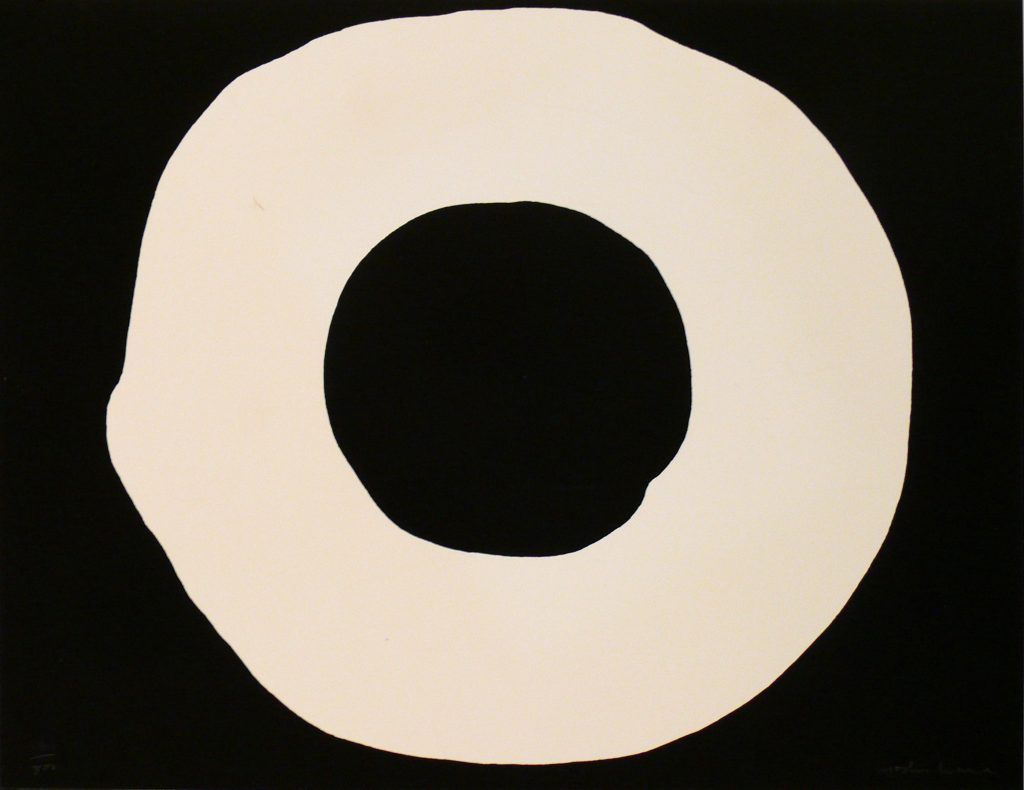
Courtesy of Yoshiaki Inoue Gallery
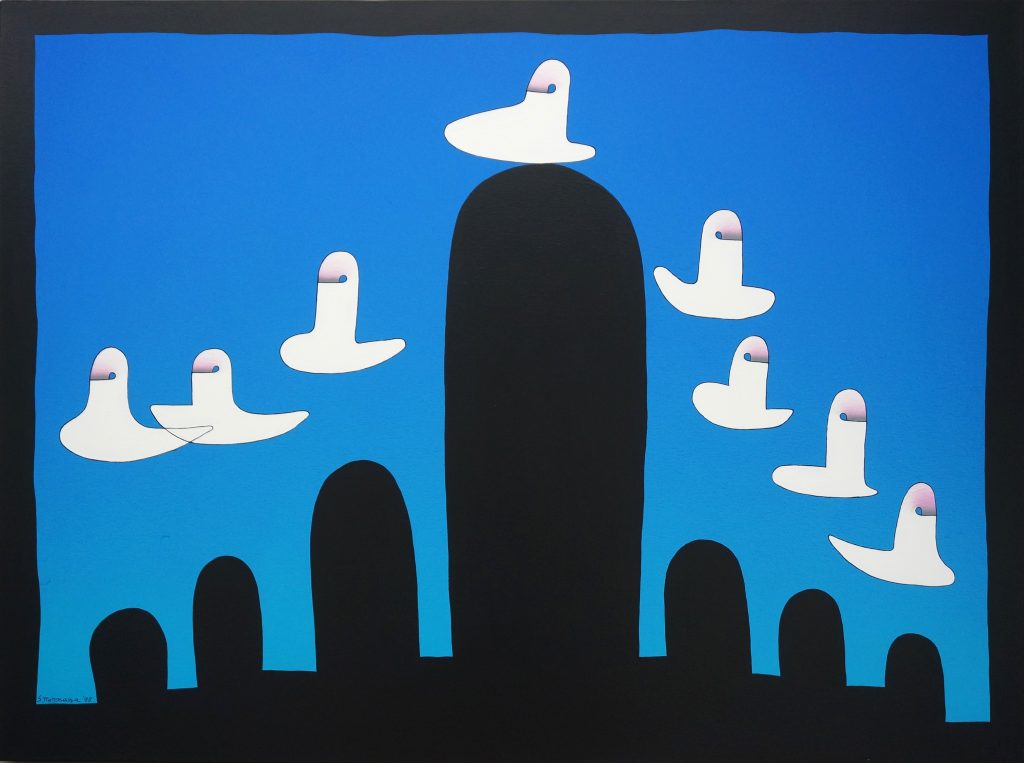
Courtesy of Yoshiaki Inoue Gallery
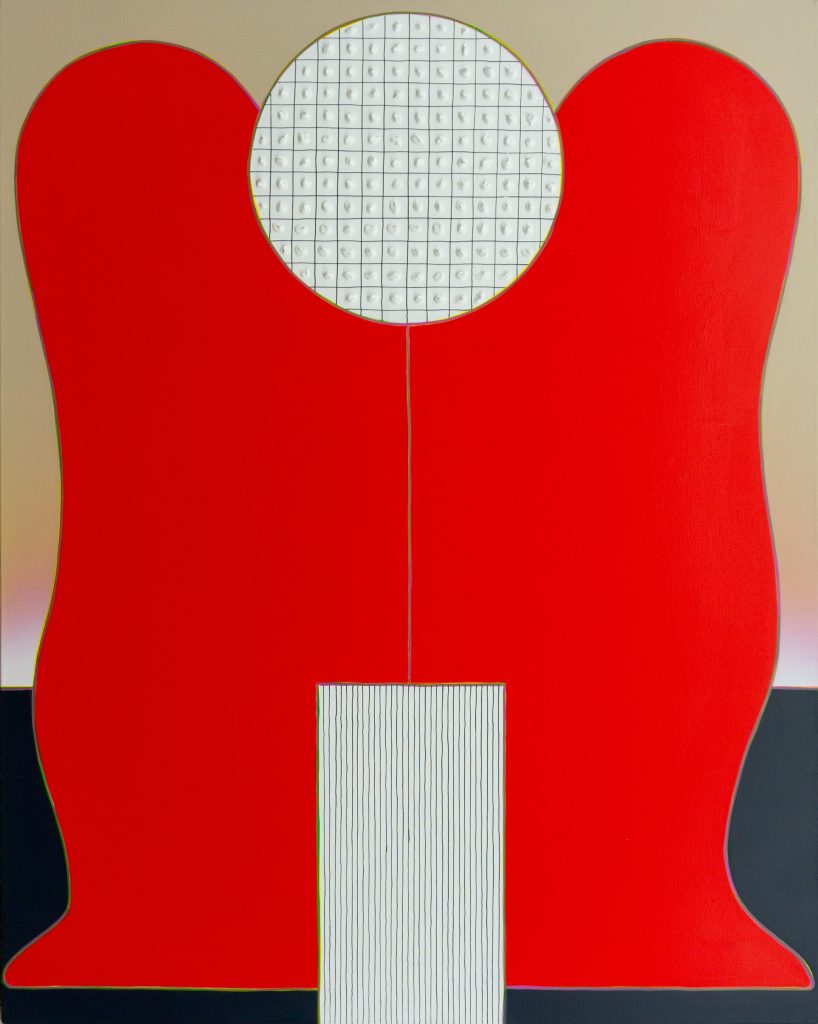
Courtesy of Yoshiaki Inoue Gallery
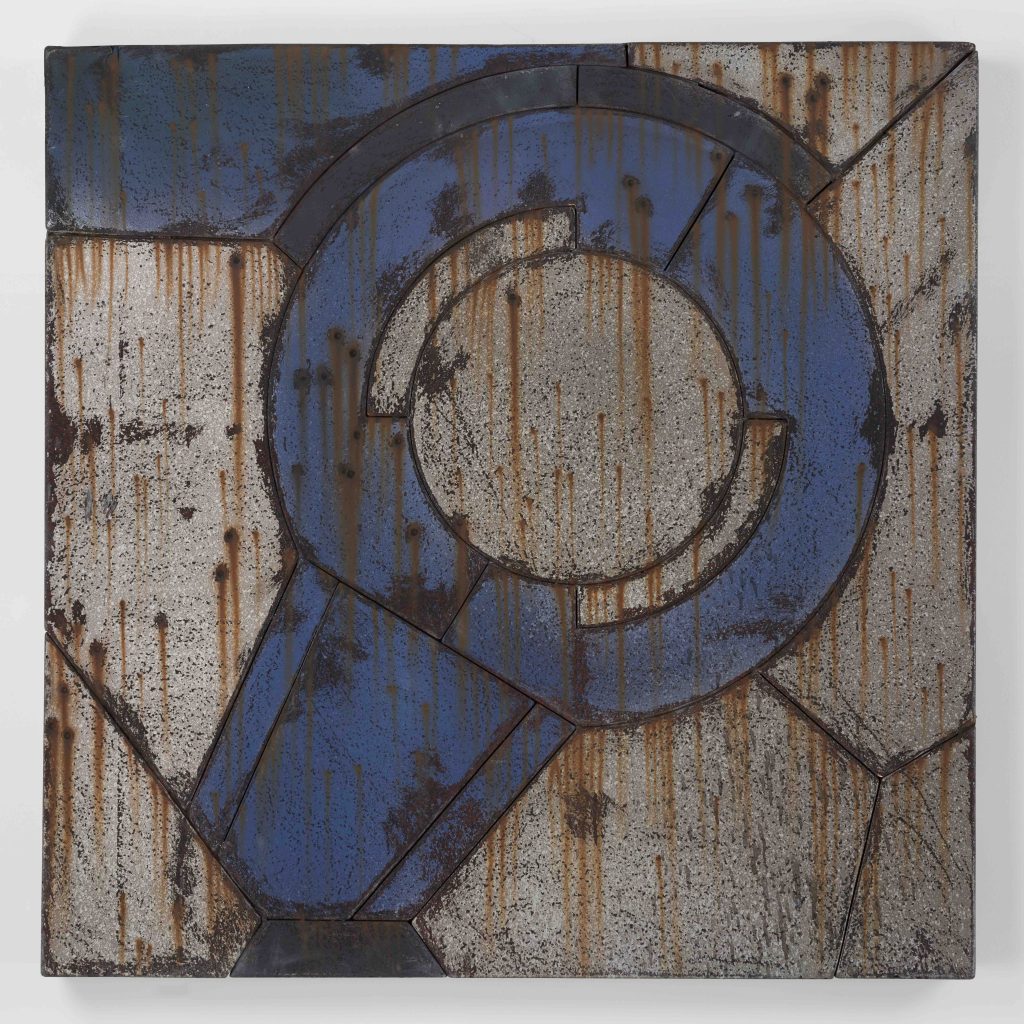
Fiber Reinforced Plastics, H100 × W100 × D8.5 cm
Courtesy of NANZUKA
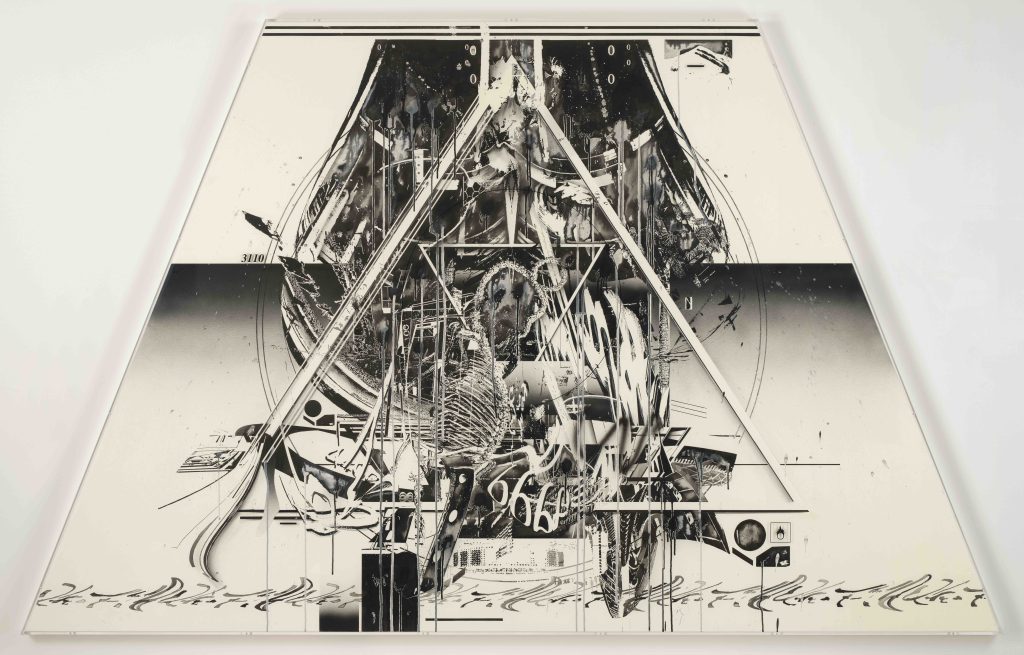
Courtesy of NANZUKA
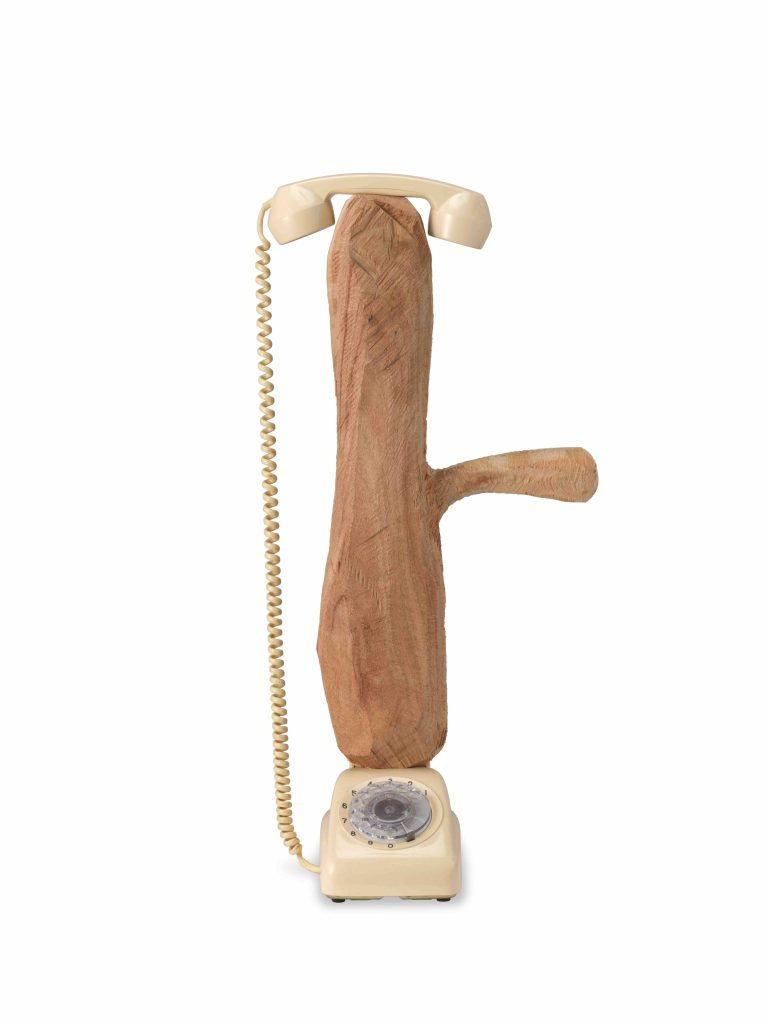
Courtesy of NANZUKA
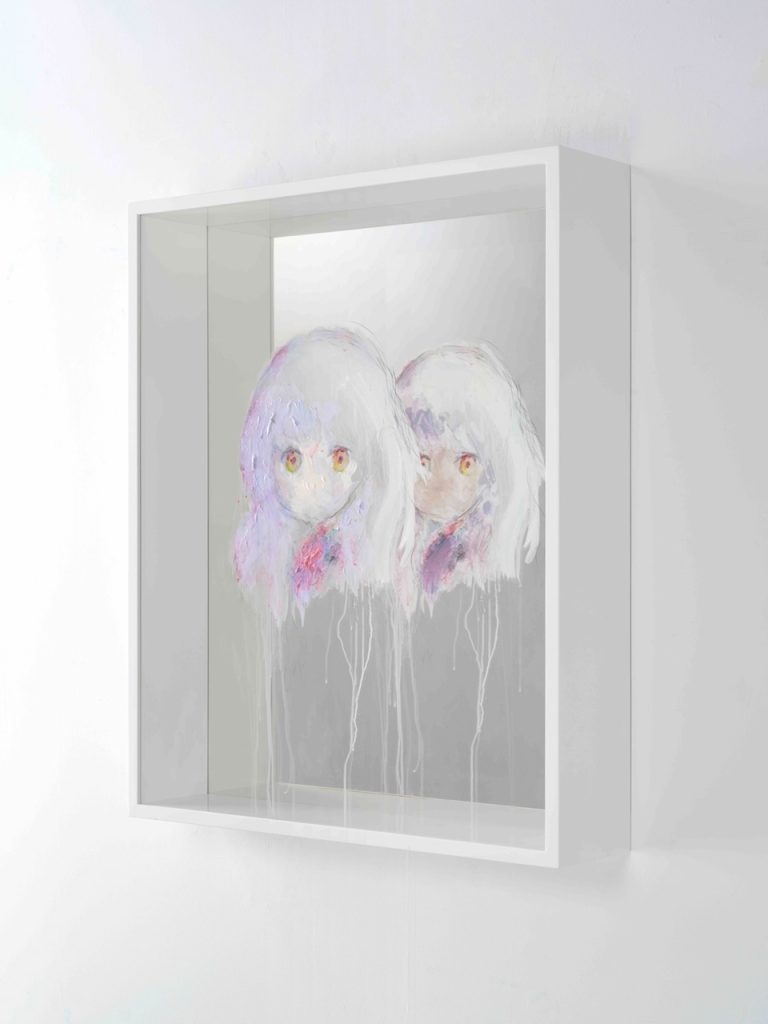
wooden frame, mirror, H93.8 x W77.8 x D18.2 cm
Courtesy of AKIINOUE and NANZUKA
